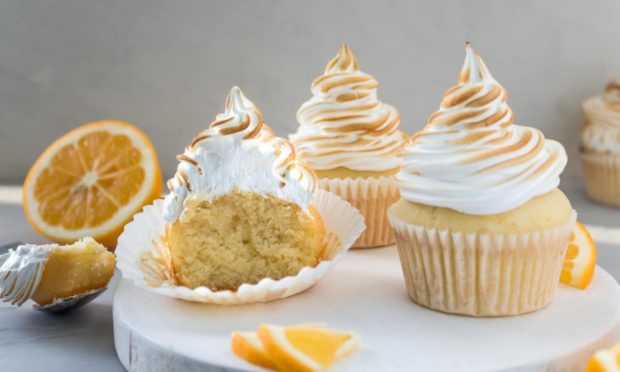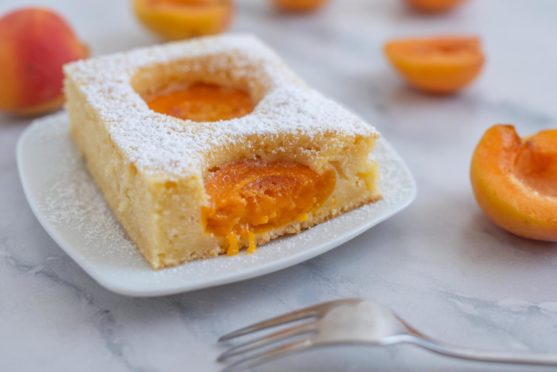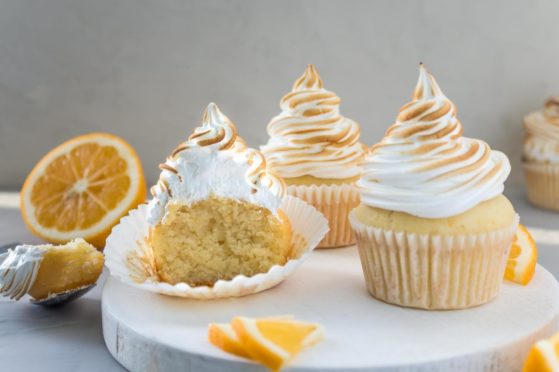Meringues really have stood the test of time, as these recipes from the early 1900s show.
Aunt Kate, who wrote these recipes, was a pseudonym used in the People’s Journal and People’s Friend from the 1880s to the 1960s, for a writer who would supply recipes and household tips for both publications.
During Aunt Kate’s time, she also produced various recipes books, including her 1933 Baking Book, from which these recipes are taken.
The first recipe, for apricot sponge meringues, encourages bakers to cut out circles, or wells, into small sponge cakes, fill the wells with apricot and top with meringue.
It also asks bakers to bake the meringue in a “cool oven” without a given time as to when it should be ready, meaning that those who take on the recipe are required to trust their instincts.
The second recipe is for making Italian meringue, which is the type that looks slightly like Iced Gems with a “stiff peak”. The recipe says to stick two together using whipped cream but they could also be used to top cakes or muffins.
Take a look at the previous batch of meringue recipes from Aunt Kate here.
Apricot sponge meringues
Ingredients
- 6 sponge cakes
- 4 oz caster sugar
- 2 egg whites
- Tinned apricots
Method
- Take six small, round sponge cakes and hollow out the centre of each.
- Put an apricot in each hollow. whip up the egg whites until stiff and dry, then fold in the caster sugar gradually.
- Fill an icing syringe or paper pastry tube with the meringue, and pipe it around the sponge cakes until they are completely covered.
- Set the cakes in a cool oven (approx 110-120C) until the meringue hardens.
Italian meringue
Ingredients
- 3 egg whites
- 1 cup granulated sugar
- ¼ cup water
- 1/8 tsp salt
- ½ tsp vanilla
- Whipped cream
Method
- Cook the sugar, water and salt over a moderate heat, stirring only until the sugar is dissolved.
- Beat the egg whites until stiff, and pour the syrup over them in a thin, steady stream, beating constantly.
- Continue beating until the meringue becomes firm, then add the vanilla.
- Put spoonfuls on baking paper and shape them with a spoon into ovals.
- Bake in a cool oven (approx 110-120C) until they are firm.
- Then either combine two meringues together with whipped cream or use for cake or muffin toppings.


